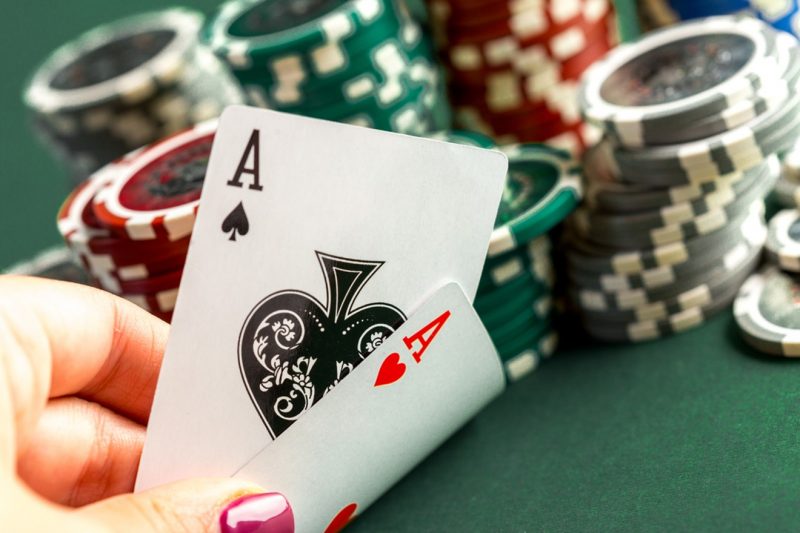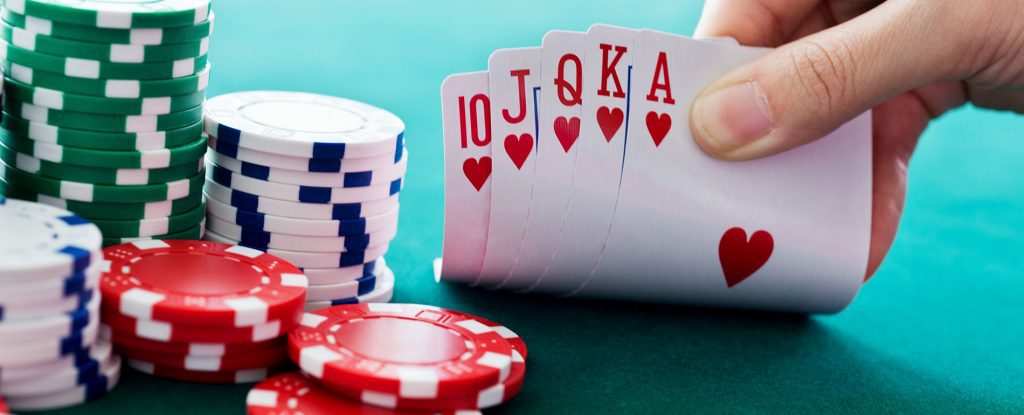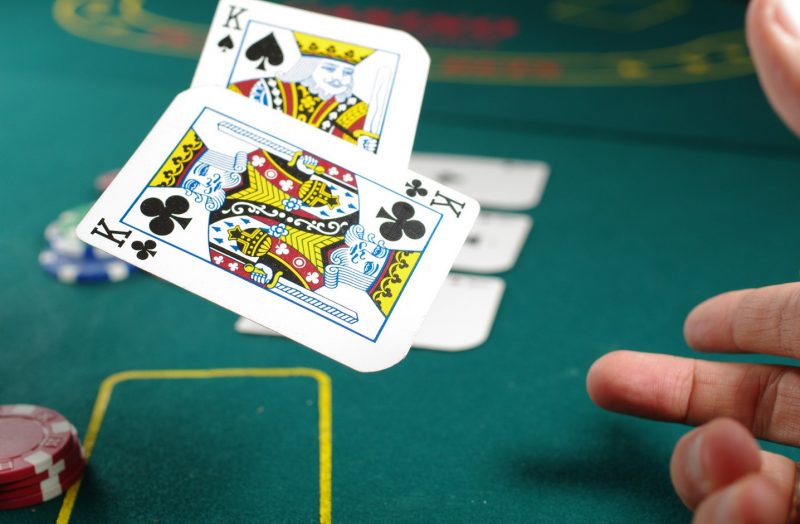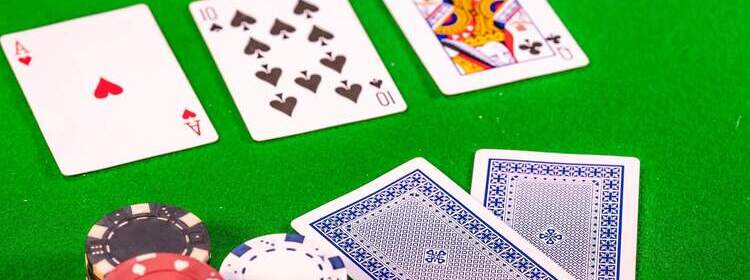
Contest on the flop
There are all sorts of poker game strategies and situations today where you need to act decisively to win a hand. And now we’re talking about the counterbet. This is very important, especially in terms of game strategy, so you need to understand when it’s required.
What is a counterbet
A contbet, or s-bet, is when a player who raised a bet in the pre-flop, then bets on the flop. A well-balanced range of hands is key. You don’t have to rebet blindly, because your opponent checks. One must understand exactly what is in his hands.
In most cases, a clean s-bet is a mistake, because the opponent is more likely to raise or maintain the bet, thinking you’re bluffing. And in this case, playing one-on-one will get you nowhere. It’s better to play with a passive opponent, but that doesn’t mean you should c-bet very often.
What’s the best way to play?
Equity
You have to consider equity for your hand. Even if you’re holding A6 and there are 45A different suits on the table, you can still count on a pair or even a backdoor straight. So there’s a chance to win. But if you have A3 in your hand with 567 different suits on the table, you’d better check-fold.
A dry flop on the kicker
A contra-bet will be the better option if K or A is on the table. The opponent understands that if the player is comfortable, the hand is good, and the range allows one to do so. And when the opponent is behind, he will have 5 outs or even less. So the opponent will fold, and that says you can c-bet almost always.
The wood flop
If you’re holding AQ while the table is T89, you need to raise. Most of the time your opponent has medium hands, so he’ll keep the bet or even raise.

Far ahead or behind
For example, you have pocket Kings in your hand and A28 on the table. Of course, if your opponent has a pair of Aces, that’s not good, and neither is a three or two pair in your opponent’s hand. But with an average pair, there’s a chance of winning. And here you need to watch your opponent’s behavior, for example if he checks, you can raise or just check. On rare occasions your opponent will be able to make a big raise, but he will think you are not doing too good, so he will bluff on the turn or river.
Multipot
You need to bet more often on the dry flop, especially when there are 3 people in play. Because players are just less likely to resist. But if a shortstack is playing against, it’s better to check-back.
Playing against loose players
On a low flop, with a 2 to 8 on the table, you should either check-fold or check-back. Often a loose opponent will call a bet on the flop, and his hand doesn’t matter. Of course, it’s not profitable to do anything with a random hand, but if you have an older card in your hand, you can try your luck.
Playing against a tightly aggressive opponent
There is a category of players who will almost always bet on the flop or turn, especially if you check on the flop. Such a move will be seen as weakness, and that makes sense. But you can go check-call if your hand is AT+ on the flop with A38 of various suits. It’s a really good hand, so it’s unlikely to overextend. If the flop can be a flush draw, it’s worth betting.
Popular topics
-
 Poker Courchevel. Features of the gam...
Poker Courchevel. Features of the gam...Classic poker after a while begins to get bored …
-
 Artificial Intelligence and Poker: Is...
Artificial Intelligence and Poker: Is...Artificial intelligence (AI) has revolutionised various industries, and poker …
-
 Mastering the Board in Poker: A Game-...
Mastering the Board in Poker: A Game-...Forbes online casino, an industry titan, offers a rich …
